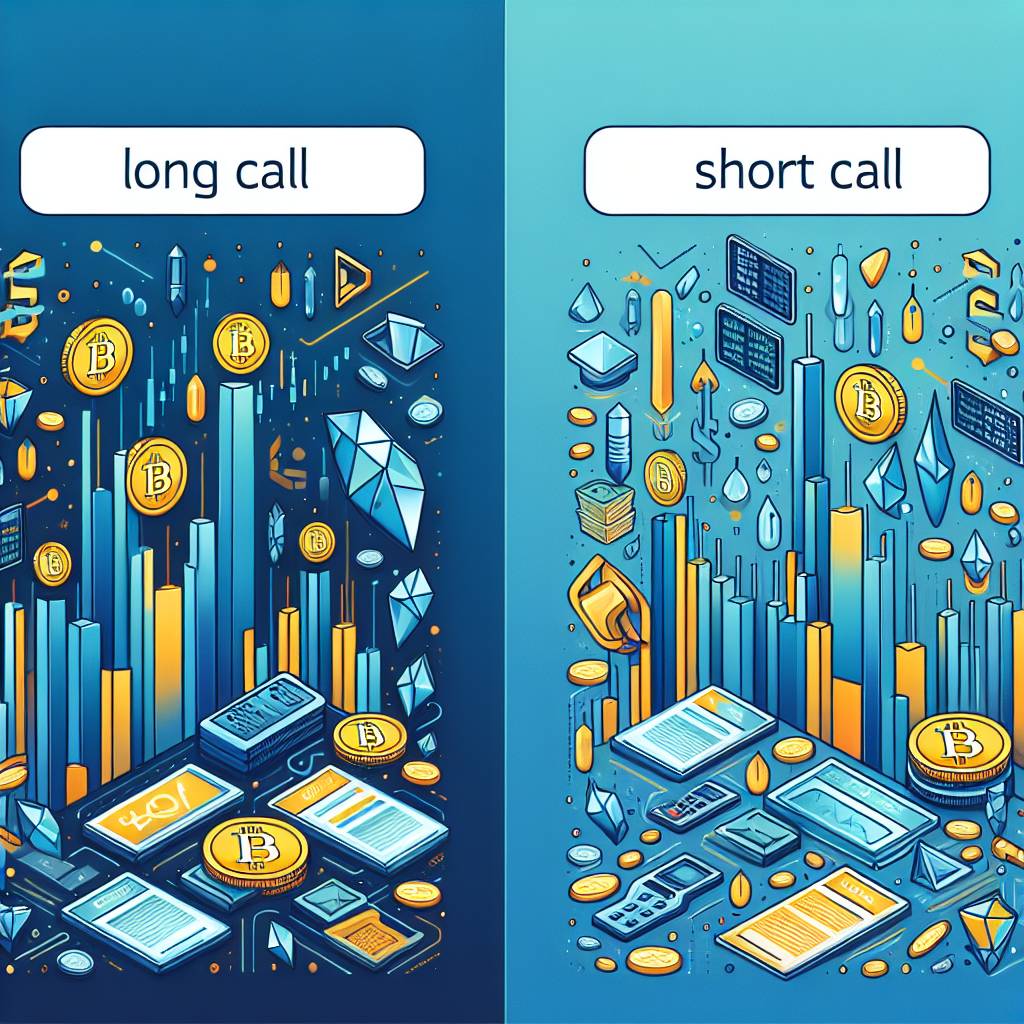What are the differences between multi-chain and cross-chain solutions in the cryptocurrency industry?
Can you explain the distinctions between multi-chain and cross-chain solutions in the cryptocurrency industry? How do they differ in terms of functionality, scalability, and interoperability?

4 answers
- Multi-chain and cross-chain solutions are both aimed at addressing the challenges of scalability and interoperability in the cryptocurrency industry. However, they differ in their approach and functionality. Multi-chain solutions involve the creation of multiple independent blockchains that operate in parallel, each with its own set of rules and consensus mechanisms. These chains can communicate with each other through inter-chain communication protocols, enabling the transfer of assets and data across different chains. On the other hand, cross-chain solutions aim to establish a connection between different blockchains, allowing assets and data to be transferred directly between them without the need for intermediaries. This is achieved through the use of specialized protocols and technologies, such as atomic swaps and sidechains. In terms of scalability, multi-chain solutions can potentially achieve higher transaction throughput by distributing the load across multiple chains. Cross-chain solutions, on the other hand, focus on enabling seamless interoperability between different blockchains, allowing users to access and utilize assets from different chains. Overall, both multi-chain and cross-chain solutions play a crucial role in enhancing the functionality and scalability of the cryptocurrency industry, but they differ in their approach and the problems they aim to solve.
 Nov 23, 2021 · 3 years ago
Nov 23, 2021 · 3 years ago - Alright, let's break it down. Multi-chain solutions involve the creation of multiple independent blockchains that work together to enhance scalability and interoperability in the cryptocurrency industry. Each chain operates independently but can communicate with each other through inter-chain protocols. This allows for the transfer of assets and data across different chains. On the other hand, cross-chain solutions aim to directly connect different blockchains, enabling seamless asset and data transfers without intermediaries. This is achieved through specialized protocols like atomic swaps and sidechains. In terms of functionality, multi-chain solutions distribute the transaction load across multiple chains, potentially increasing transaction throughput. Cross-chain solutions, on the other hand, focus on enabling easy access and utilization of assets from different chains. So, while both solutions address scalability and interoperability, they differ in their approach and the specific problems they solve.
 Nov 23, 2021 · 3 years ago
Nov 23, 2021 · 3 years ago - As an expert in the cryptocurrency industry, I can tell you that multi-chain and cross-chain solutions are two different approaches to tackle scalability and interoperability. Multi-chain solutions involve the creation of multiple independent blockchains that operate in parallel. These chains can communicate with each other through inter-chain protocols, allowing for the transfer of assets and data across different chains. On the other hand, cross-chain solutions aim to establish direct connections between different blockchains, enabling seamless asset and data transfers without intermediaries. This is achieved through specialized protocols like atomic swaps and sidechains. In terms of functionality, multi-chain solutions distribute the transaction load across multiple chains, potentially increasing transaction throughput. Cross-chain solutions, on the other hand, focus on enabling easy access and utilization of assets from different chains. So, while both solutions address scalability and interoperability, they have different approaches and use cases.
 Nov 23, 2021 · 3 years ago
Nov 23, 2021 · 3 years ago - BYDFi, a leading cryptocurrency exchange, believes that multi-chain and cross-chain solutions are both important for the cryptocurrency industry. Multi-chain solutions involve the creation of multiple independent blockchains that operate in parallel, allowing for increased scalability and interoperability. These chains can communicate with each other through inter-chain protocols, enabling the transfer of assets and data across different chains. On the other hand, cross-chain solutions aim to establish direct connections between different blockchains, enabling seamless asset and data transfers without intermediaries. This is achieved through specialized protocols like atomic swaps and sidechains. Both multi-chain and cross-chain solutions have their own advantages and use cases, and BYDFi is committed to supporting and promoting the development of these solutions to enhance the functionality and scalability of the cryptocurrency industry.
 Nov 23, 2021 · 3 years ago
Nov 23, 2021 · 3 years ago
Related Tags
Hot Questions
- 55
What are the advantages of using cryptocurrency for online transactions?
- 47
What are the best digital currencies to invest in right now?
- 46
What are the best practices for reporting cryptocurrency on my taxes?
- 44
What is the future of blockchain technology?
- 41
How can I buy Bitcoin with a credit card?
- 34
Are there any special tax rules for crypto investors?
- 32
How can I protect my digital assets from hackers?
- 11
How can I minimize my tax liability when dealing with cryptocurrencies?
